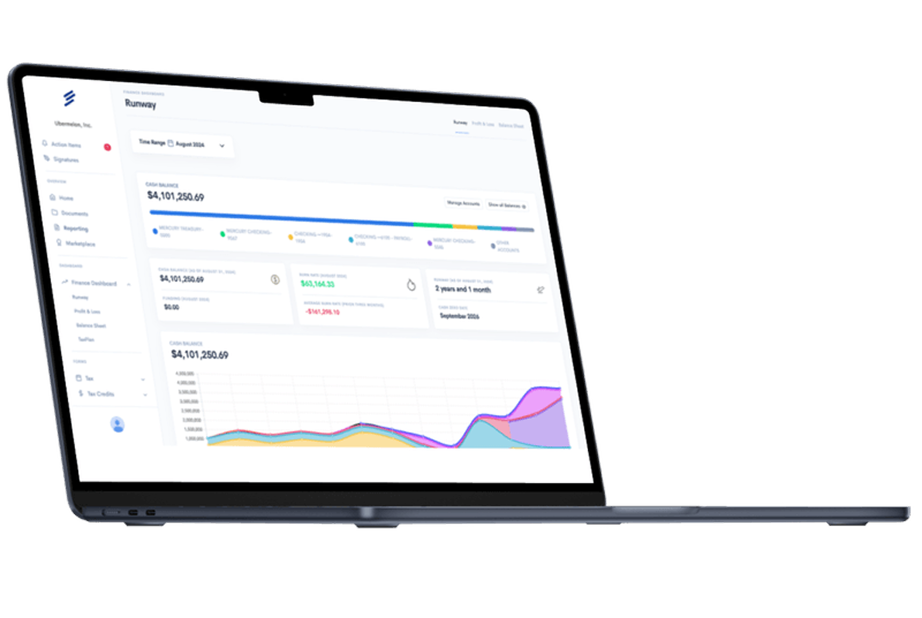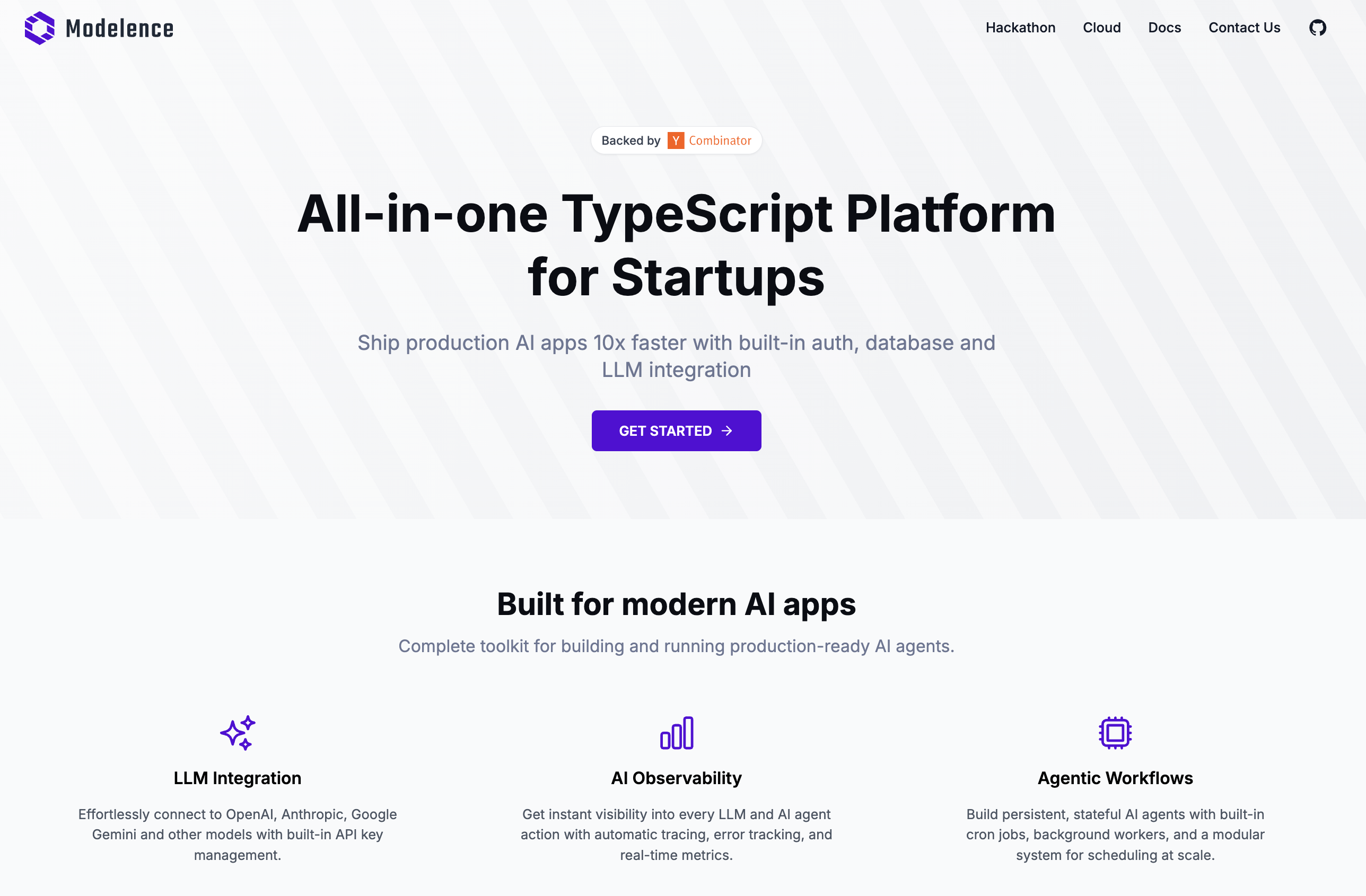QuickBooks Pro has remained the go-to accounting solution for countless small and medium-sized businesses, with each annual release bringing meaningful improvements to streamline financial management.
QuickBooks Pro has remained the go-to accounting solution for countless small and medium-sized businesses, with each annual release bringing meaningful improvements to streamline financial management. The jump from QuickBooks Pro 2019 to the 2020 version introduced several game-changing features that fundamentally transformed how businesses handle banking, customer relationships, and payment processing. Understanding these differences becomes essential when deciding whether to upgrade your existing system or choosing the right version for your business needs.
What Makes QuickBooks Pro 2020 Stand Out
QuickBooks Pro 2020 represents a significant evolution in accounting software functionality, moving beyond basic bookkeeping to offer sophisticated automation tools that save time and reduce manual errors. The 2020 version addresses many pain points that business owners experienced with earlier releases, particularly around transaction management and customer communication. These improvements reflect Intuit's deeper understanding of modern business workflows and the increasing demand for automated solutions that free up valuable time for strategic activities.
The enhanced capabilities in QuickBooks Pro 2020 extend far beyond cosmetic updates, delivering substantial improvements in core functionality that directly impact daily operations. Business owners who struggled with time-consuming manual processes in the 2019 version will find the 2020 release offers meaningful solutions to common workflow bottlenecks. The software's evolution demonstrates a clear focus on reducing administrative overhead while maintaining the reliability and ease of use that made QuickBooks the industry standard.
Revolutionary Banking Features Transform Daily Operations
The Bank Feeds functionality in QuickBooks Pro 2020 represents perhaps the most dramatic improvement over the 2019 version, offering sophisticated transaction categorization that eliminates much of the tedious manual work associated with account reconciliation. Advanced matching algorithms automatically identify and categorize complex bank transactions, while enhanced rules allow users to set up automated processing for recurring transaction types. Batch editing capabilities enable users to process multiple transactions simultaneously, dramatically reducing the time required for monthly reconciliation tasks.
Accessing these powerful features requires navigating to Edit from the Menu bar, selecting Preferences, clicking on Checking, and choosing the Advanced mode option under Bank Feeds. This streamlined interface makes it easy for users to take advantage of the sophisticated categorization tools that were simply unavailable in the 2019 version. The improved system learns from user behavior over time, becoming increasingly accurate at automatically categorizing transactions according to established patterns.
Business owners processing dozens or hundreds of transactions daily will immediately notice the time savings these enhancements provide compared to the more basic functionality offered in QuickBooks Pro 2019. The 2019 version required significantly more manual intervention for transaction categorization and reconciliation, often leading to errors and inconsistencies in financial records. The advanced Bank Feeds system in the 2020 version virtually eliminates these issues while providing greater confidence in the accuracy of financial data.
The enhanced banking capabilities in QuickBooks Pro 2020 deliver several key advantages over the previous version:
- Intelligent Transaction Matching: Advanced algorithms automatically categorize complex bank transactions with remarkable accuracy
- Customizable Rules Engine: Set up automated processing rules for recurring transaction types to eliminate repetitive manual work
- Batch Processing Power: Edit multiple transactions simultaneously, reducing reconciliation time from hours to minutes
- Learning System: The software adapts to user preferences over time, improving categorization accuracy with continued use
How Automated Reminders Revolutionize Cash Flow
Cash flow management becomes significantly easier with QuickBooks Pro 2020's Automatic Statements and Payment Reminders feature, which was completely absent from the 2019 version. This powerful tool addresses one of the most common challenges small businesses face: ensuring customers pay their invoices on time without requiring constant manual follow-up. The automated system can send customized email reminders based on predefined schedules, allowing business owners to maintain consistent communication with customers while focusing on revenue-generating activities.
Setting up automated payment reminders involves selecting Schedule Payment Reminders from the Customers menu, where users can choose from pre-designed email templates or create custom messages for different customer segments. The system allows for sophisticated scheduling options, enabling businesses to send initial reminders, follow-up notices, and final payment demands at appropriate intervals. This level of automation was impossible with QuickBooks Pro 2019, which required manual tracking of overdue invoices and individual email composition for each reminder.
The impact on cash flow can be substantial, as consistent automated reminders typically result in faster payment cycles and reduced accounts receivable balances. Many businesses report improved customer relationships as well, since automated reminders eliminate the awkwardness of personal phone calls while maintaining professional communication standards. QuickBooks Pro 2019 users often struggled with inconsistent follow-up practices, leading to extended payment delays and strained customer relationships due to sporadic or overly aggressive manual collection efforts.
Professional Payment Documentation Made Simple
QuickBooks Pro 2020 introduced comprehensive payment receipt customization capabilities that allow businesses to create professional-looking documentation that reinforces their brand identity. Users can add company logos, customize receipt formats, and establish default templates that ensure consistency across all customer communications. The Receipt Management option, accessible through the Vendors menu, provides tools for categorizing, customizing, and reviewing multiple receipt transactions simultaneously.
This enhancement addresses a significant limitation of QuickBooks Pro 2019, which offered only basic receipt formats without any customization options. The standardized receipts in the 2019 version often appeared generic and failed to reinforce brand identity, potentially diminishing the professional image businesses worked hard to establish. The enhanced receipt management in QuickBooks Pro 2020 not only improves aesthetic presentation but also streamlines the administrative process of managing payment documentation.
Retail businesses and service providers who process numerous daily payments will particularly appreciate the efficiency gains from improved receipt management. The ability to batch process receipt customization saves considerable time compared to individual receipt handling, while the professional appearance of customized receipts enhances customer perception of business competence and attention to detail. These seemingly small improvements in documentation quality can contribute to stronger customer relationships and increased likelihood of repeat business.
Smart Customer Management Through Advanced Grouping
The Customer Groups feature in QuickBooks Pro 2020 enables sophisticated customer segmentation based on multiple criteria including balance, customer type, location, sales representative, and payment status. This powerful tool automatically adds or removes customers from predefined groups based on changing conditions, enabling targeted communication strategies that would be impossible to maintain manually. The system can create specific messaging for different customer segments, such as special offers for high-value clients or gentle reminders for customers with payment delays.
Accessing this functionality through the Customers menu and selecting Manage Customer Groups from the Payment Reminders option provides an intuitive interface for creating and managing customer segments. The automated nature of group management ensures that customer categorization remains current without requiring manual updates, eliminating the risk of outdated segmentation that could lead to inappropriate communication. This level of sophistication was completely unavailable in QuickBooks Pro 2019, which required manual tracking of customer categories if businesses wanted to implement any form of targeted communication.
The strategic advantages of automated customer grouping extend beyond simple organization to enable more effective marketing and customer retention efforts. Businesses can develop differentiated communication strategies for various customer segments, improving engagement rates and customer satisfaction through more relevant messaging. QuickBooks Pro 2019 users who attempted similar segmentation had to rely on external systems or manual tracking methods, often leading to inconsistent application of customer management strategies and missed opportunities for targeted engagement.
The Customer Groups functionality provides businesses with powerful segmentation capabilities:
- Dynamic Categorization: Automatically sort customers by balance, type, location, sales rep, or payment history
- Conditional Group Management: Add or remove customers from groups based on changing business conditions
- Targeted Communication: Create specific messaging strategies for different customer segments
- Automated Updates: Group membership updates automatically without manual intervention
Streamlined Software Management Tools
QuickBooks Pro 2020 introduced two essential management utilities that significantly improve the user experience: QuickBooks Desktop Manager and QuickBooks Tool Hub. The Desktop Manager provides centralized access for finding and installing QuickBooks products, eliminating the confusion that often accompanied software management in earlier versions. Users can access this tool directly from Intuit's website, making the installation and management process much more straightforward than the fragmented approach required with QuickBooks Pro 2019.
The QuickBooks Tool Hub represents a comprehensive solution for addressing common software issues, including company file problems, network difficulties, installation errors, and various program-related complications. Users can download and launch the Tool Hub by executing the QuickBooksToolHub.exe file and accepting Intuit's license agreement to begin the installation process. This integrated approach to troubleshooting provides self-service options that can resolve many issues without requiring contact with technical support.
QuickBooks Pro 2019 lacked these integrated management and troubleshooting capabilities, often forcing users to navigate multiple support channels or contact customer service for assistance with routine software issues. The addition of these tools in the 2020 version demonstrates Intuit's commitment to reducing user frustration and minimizing downtime associated with technical problems. Businesses without dedicated IT resources will particularly benefit from these self-service options, as they can resolve many common issues quickly without external assistance.
Performance Enhancements Drive Daily Productivity
QuickBooks Pro 2020 delivers notable performance improvements that make daily operations more efficient and reliable compared to the 2019 version. Users consistently report faster startup times, more responsive operation during complex tasks, and improved stability when working with large company files. These enhancements result from extensive optimization efforts that focused on reducing resource consumption and improving overall system efficiency throughout the software.
The 2020 version demonstrates particular strength when performing resource-intensive operations such as generating comprehensive reports, processing batch transactions, or conducting extensive searches within large datasets. Businesses with substantial transaction volumes or complex financial structures will notice meaningful time savings during these operations, as the improved performance characteristics eliminate many of the slowdowns that occasionally interrupted workflow in the 2019 version. The enhanced stability also reduces the risk of data loss or corruption during intensive processing tasks.
Performance improvements may seem less visible than new features, but they contribute significantly to overall user satisfaction and daily productivity. QuickBooks Pro 2019 users sometimes experienced frustrating delays or stability issues when handling larger company files or executing complex operations, which could disrupt important financial management tasks. The enhanced performance in the 2020 version eliminates these pain points, creating a smoother and more reliable experience that allows users to focus on financial analysis rather than software limitations.
Enhanced User Interface Improves Daily Experience
QuickBooks Pro 2020 features thoughtful interface refinements that enhance usability without requiring users to relearn familiar navigation patterns. The updated layout, improved color scheme, and refined iconography reduce eye strain during extended use while maintaining the intuitive design that makes QuickBooks accessible to users with varying technical expertise. Dialog boxes and confirmation screens have been streamlined to require fewer clicks for common operations, improving workflow efficiency throughout the software.
The enhanced search functionality in QuickBooks Pro 2020 provides more relevant results and offers improved filtering options that make it easier to locate specific transactions or records within large datasets. The reorganized report center provides more intuitive access to commonly used reports, with improved preview capabilities that allow users to assess report content before generation. These seemingly minor improvements accumulate to create a significantly more efficient user experience compared to the 2019 version.
Interface improvements in QuickBooks Pro 2020 reduce the cognitive load associated with financial management tasks, making the software more approachable for new users while increasing productivity for experienced operators. The 2019 version, while functional, lacked these usability refinements that make daily interactions with the software more pleasant and efficient. For businesses where multiple staff members regularly use QuickBooks, these enhanced interface elements can translate to meaningful efficiency gains across the entire organization.
Expanded Integration Opens New Possibilities
QuickBooks Pro 2020 offers significantly expanded integration capabilities compared to the 2019 version, with improved connectivity to third-party applications and services that enable more comprehensive business automation. Enhanced API support facilitates seamless data exchange with external systems, including e-commerce platforms, CRM systems, and industry-specific software solutions. These integration improvements allow businesses to create cohesive information ecosystems that reduce manual data entry and improve consistency across multiple platforms.
The 2020 version includes improved integration with Intuit's ecosystem of products, offering enhanced connectivity with QuickBooks Payments, QuickBooks Payroll, and other Intuit services. These integrations enable streamlined workflows for businesses utilizing multiple Intuit products, with improved data synchronization that reduces reconciliation requirements and eliminates many opportunities for data entry errors. The seamless flow of information between integrated systems creates a more efficient overall business management environment.
QuickBooks Pro 2019 offered basic integration capabilities, but the enhancements in the 2020 version provide more robust connectivity options that better accommodate complex business environments with multiple software systems. Businesses heavily invested in digital transformation initiatives or those utilizing multiple specialized software solutions will find the improved integration capabilities of QuickBooks Pro 2020 represent a significant advantage. The enhanced connectivity enables more comprehensive automation and ensures data consistency across platforms, reducing the administrative overhead associated with managing multiple disconnected systems.
The expanded integration capabilities in QuickBooks Pro 2020 offer several advantages for modern businesses:
- Enhanced API Support: Seamless data exchange with e-commerce platforms, CRM systems, and specialized software
- Intuit Ecosystem Integration: Improved connectivity with QuickBooks Payments, Payroll, and other Intuit services
- Automated Data Synchronization: Reduced reconciliation requirements and fewer data entry errors
- Comprehensive Business Automation: Create cohesive information ecosystems across multiple platforms
Strategic Investment Considerations
The decision to upgrade from QuickBooks Pro 2019 to the 2020 version involves careful consideration of both immediate costs and long-term value propositions. QuickBooks Pro 2020 was initially priced at approximately $299.99 for a single-user license, with additional costs for multi-user configurations, though Intuit frequently offers promotional pricing and upgrade discounts that can significantly reduce the investment required. The cost evaluation should extend beyond the initial purchase price to consider the value of time savings from improved features and enhanced productivity.
Businesses currently using QuickBooks Pro 2019 should evaluate the potential return on investment from enhanced banking features, automated payment reminders, and improved performance against the upgrade cost. Organizations struggling with accounts receivable management or those processing numerous daily transactions may find the efficiency gains provide compelling justification for the upgrade investment. Additionally, support lifecycle considerations become important, as Intuit typically provides support and security updates for three years following a version's release, meaning support for 2019 versions will expire sooner than for 2020 versions.
New QuickBooks users face the choice between purchasing an older version at a potential discount versus investing in the latest release with enhanced capabilities. The decision should consider not only current operational needs but also future growth plans and scalability requirements. The enhanced features in QuickBooks Pro 2020 may provide greater flexibility and efficiency as a business expands, potentially offering superior long-term value despite requiring a higher initial investment compared to older versions.
Transform Your Business Operations with Smart Accounting
Choosing between QuickBooks Pro 2019 and 2020 ultimately depends on your specific business requirements, current pain points, and growth trajectory. The 2020 version offers substantial improvements in automation, customer management, and integration capabilities that can transform daily operations for businesses ready to embrace more sophisticated financial management tools. However, the 2019 version remains a capable solution for organizations with simpler needs or those operating under tight budget constraints.
Consider upgrading to QuickBooks Pro 2020 if your business struggles with time-consuming manual processes, inconsistent customer communication, or integration challenges with other software systems. The enhanced features in the 2020 version address these common pain points while providing a foundation for future growth and increased operational sophistication. The investment in upgraded functionality often pays for itself through improved efficiency and reduced administrative overhead within the first year of implementation.
The automation capabilities in QuickBooks Pro 2020 represent more than just convenience features—they fundamentally change how businesses approach financial management and customer relationships. Organizations that embrace these enhanced tools typically experience improved cash flow, stronger customer relationships, and more accurate financial data, creating competitive advantages that extend far beyond simple cost savings. Making the strategic decision to upgrade positions your business for sustained growth and operational excellence in an increasingly competitive marketplace.
Simplify Startup Finances Today
Take the stress out of bookkeeping, taxes, and tax credits with Fondo’s all-in-one accounting platform built for startups. Start saving time and money with our expert-backed solutions.
Get Started









.png)









